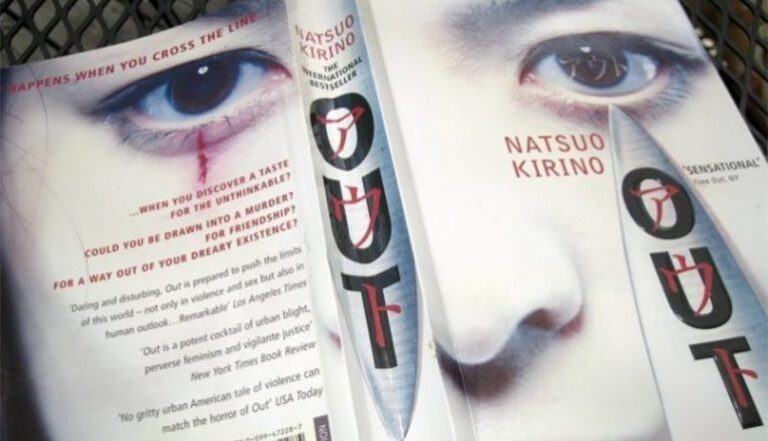Easter 1916
“Easter—that’s a weird tradition,” says the comedian Jim Gaffigan in one of his imagined dialogues. He continues:
“The day Jesus rose from the dead—what should we do?”
“How about eggs?”
“What does that have to do with Jesus?”
“Alright, we’ll hide them.”
“….I don’t follow your logic.”
“Don’t worry, there’s a bunny.”
And if you’re Irish, the mix of Easter traditions can get even stranger. That is because during Easter week the Irish remember the bloody Easter Rising that occurred 99 years ago this year. So, in addition to the other more joyful images of Easter—of new life, growth, and freshness—the Irish also remember a time of intense struggle, death, and violence.
Strange.
But it would have been even stranger to be a poet at that time, especially a poet like William Butler Yeats. On the one hand, Yeats was an Irish nationalist. He had been working to revive Irish theater for a number of years, and he had written countless poems using Irish myths, legends, and folklore. But his battle for Ireland was a cultural one, not the kind carried out with fists and rifles. Like many great poets of the 20th century, Yeats believed in maintaining a separation between poetry and political action. Like his later compatriot Seamus Heaney, he believed that poetry lost its power when it became merely an “agent for proclaiming and correcting injustices.” Thus, Yeats had written a few years before the uprising in “On Being Asked for a War Poem”:
I think it better that in times like these
A poet’s mouth be silent, for in truth
We have no gift to set a statesman right;
He has had enough of meddling who can please
A young girl in the indolence of her youth,
Or an old man upon a winter’s night.
But when the uprising began on that Easter Monday of 1916, it was not far from Yeats’s Dublin home, and he couldn’t ignore his kinship with the more than 300 Irish who lay dead by the week’s end.
This time Yeats chose to confront the violence directly in his poetry. But rather than avoid the contradictions and uncertainties of the situation, he managed to embody them in a new style of writing. The result was the poem “Easter 1916,” now famous for its enigmatic refrain: “…Are changed, changed utterly: / A terrible beauty is born.”
We might ask, What is a “terrible beauty?” What does it look like? Here Yeats breaks a foundational rule of creative writing by remaining abstract rather than concrete. And he also breaks the rule all pedantic freshman writing instructors hold to by using the passive voice. We know that they are changed, or are born, but we don’t know the precise cause of that change or birth.
Nevertheless, by the final refrain of “A terrible beauty is born,” we realize that the very texture of ambivalence has turned the poem strangely—paradoxically—into a great political anthem.
And that’s the genius of Yeats: he draws upon the material and even the sounds of simple political ballads, and yet he resists the temptation to offer easy answers. He creates a poem that is both passive and passionate, definite and ambivalent. And those contradictions reverberate across time, to 99 years and beyond.


